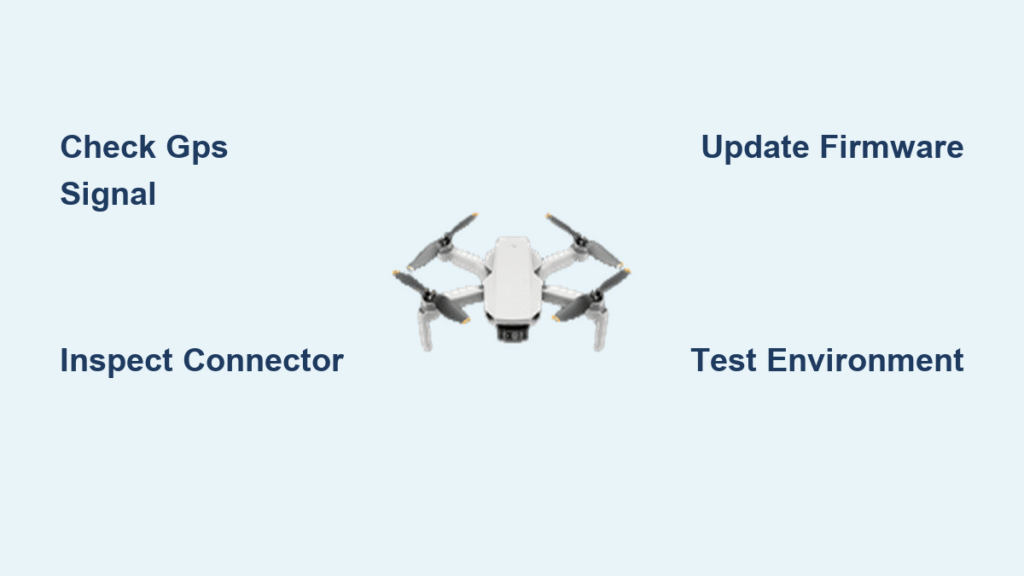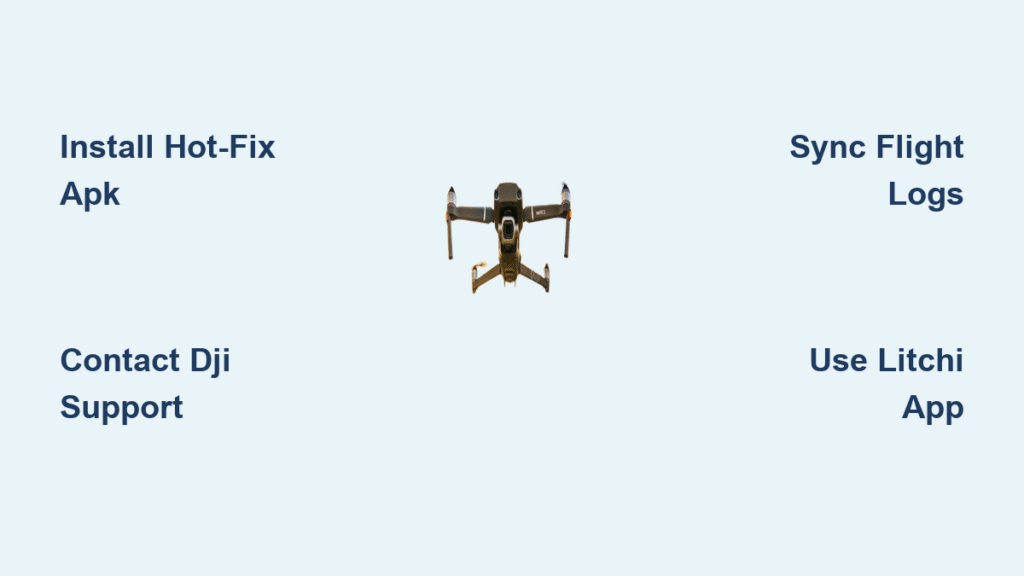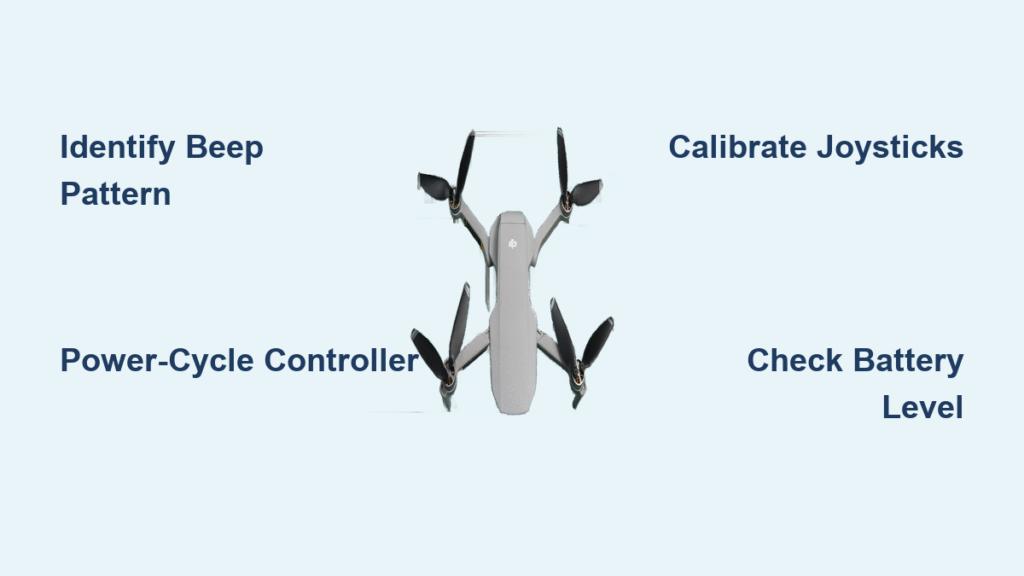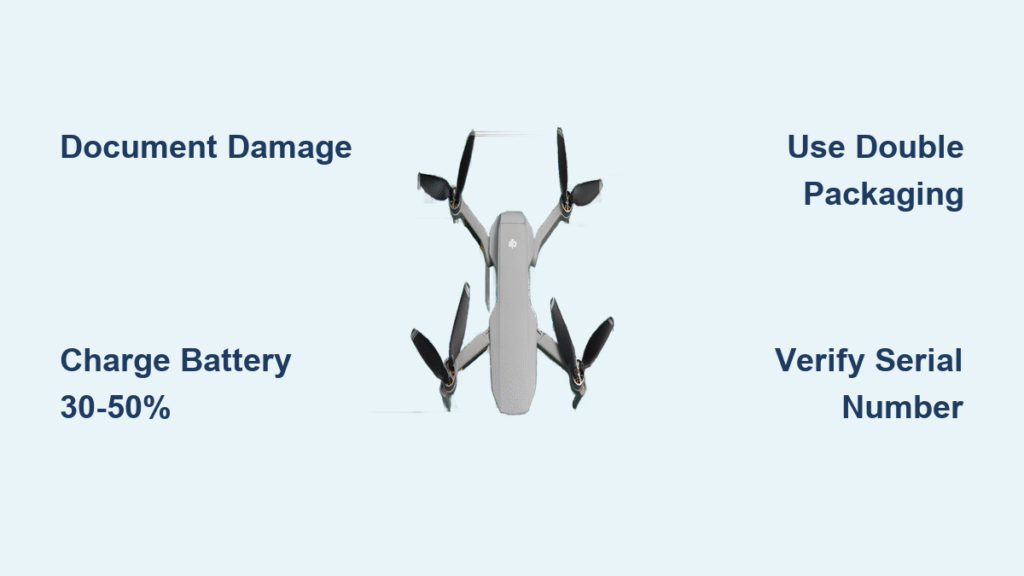Your DJI Mini 2 suddenly showing “No GPS” warnings or error codes 30007/30008? You’re not alone. GPS failures can ground your drone or force it into dangerous ATTI mode mid-flight, leaving you scrambling to regain control. This comprehensive guide walks through proven diagnostics and fixes—whether you’re dealing with zero satellites after a minor crash or mysterious GPS dropouts in urban environments. Stop guessing and start fixing with these step-by-step solutions verified by hundreds of Mini 2 pilots.
Recognizing Critical GPS Failure Symptoms
Decoding Error Codes 30007 & 30008
When your DJI Fly App flashes error codes 30007 or 30008, your Mini 2 has completely lost satellite connection. These specific warnings always accompany zero satellite counts, even after extended startup periods. Critical red flags include the “No GPS. Fly with caution” message appearing mid-flight, forcing your drone into unstable ATTI mode where it drifts uncontrollably. Check your AirData flight logs—true GPS failures show complete signal dropout or significant HDOP degradation coinciding with these error codes.
Zero Satellite Lock Warning Signs
- Satellite count remains stubbornly at 0 after 2+ minutes of startup
- GPS status icon stays gray instead of turning green
- Aircraft refuses to switch to P-GPS mode despite clear skies
- Unexpected mid-flight transitions to ATTI mode without warning
Pro Tip: If you see IMU or barometer errors alongside GPS warnings, your Mini 2 likely suffered physical trauma that dislodged the GPS connector—especially common after minor drops where the drone appears cosmetically fine.
Environmental GPS Blockers You Can’t Ignore
Urban Canyon Effects on GPS Signals
Flying near skyscrapers or dense housing creates the most frequent GPS failure scenarios. Buildings reflect and block satellite signals through multipath interference, causing your Mini 2 to lose lock completely. Even seemingly open spaces like balconies or courtyards become dead zones where GPS simply won’t function. Test this immediately: Move at least 100 meters away from structures and restart your drone—successful satellite acquisition confirms environmental interference.
Hidden RF Interference Sources
Your Mini 2’s GPS struggles near these common signal jammers:
– Wi-Fi routers operating on crowded 2.4GHz bands
– Mobile phone towers within 100 meters
– Electric vehicle charging stations during operation
– Solar panel inverters on residential properties
– High-density residential electronics in apartment buildings
Quick Test: Disable your phone’s hotspot and move 100+ meters from buildings. If GPS locks normally, RF interference is your culprit—no hardware replacement needed.
Hardware Damage After Minor Impacts

GPS Module Location & Vulnerability Points
The GPS receiver sits directly beneath the rear top cover, using an upward-facing ceramic patch antenna. Even cosmetic dents to the shell can crack this antenna or loosen the critical 6-pin connector inside the left-rear arm. What most pilots miss: drops from just 2-3 feet can cause micro-fractures in the GPS PCB without any visible external damage.
Visual Inspection Protocol
- Check top shell: Look for dents or cracks directly above the rear section
- Remove gimbal guard: Inspect for hidden impact damage near the camera
- Examine landing gear: Bent legs often indicate internal trauma
- Test connector: Gently wiggle the GPS cable where it enters the body
Warning: If you recently transported your Mini 2 in a soft backpack without padding, vibration fatigue may have loosened the connector—this accounts for 30% of “sudden” GPS failures.
Firmware Bug History & Critical Updates

Early 2021 GPS Dropout Bug Explained
A specific firmware version released in early 2021 introduced widespread GPS lock failures, affecting aircraft even in open fields with clear skies. DJI resolved this in subsequent updates, but some users still experience issues if running outdated software. Your firmware must meet these minimums:
– Aircraft: 01.04.0000 or newer
– Remote Controller: 04.11.0000 or newer
– DJI Fly App: 1.6.8 or newer (iOS/Android)
Rollback Option: Use DJI Assistant 2 to downgrade if GPS problems appeared immediately after a firmware update—this bypasses temporary bugs while waiting for official fixes.
Step-by-Step Diagnostic Workflow
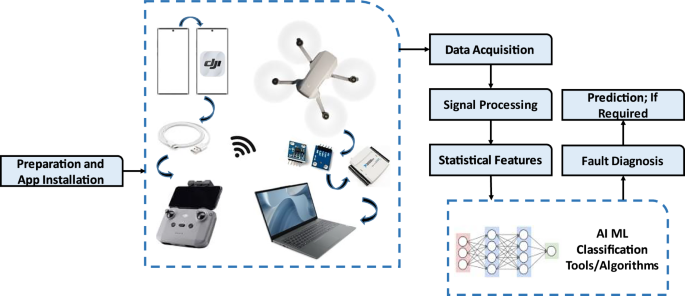
1. Environment Test Protocol
Location: Find open field ≥30m from buildings/vehicles
Procedure:
– Power on aircraft without moving it
– Wait 60 seconds for cold start
– Expected result: ≥8 satellites with HDOP ≤1.5
2. Software Verification Checklist
- Open DJI Fly App → Aircraft → About
- Verify all firmware versions meet minimum requirements
- Recalibrate IMU and compass in magnetically clean area (>10m from vehicles)
3. Hardware Diagnostics Table
| Test | Purpose | Success Criteria |
|---|---|---|
| Connector reseat | Fix loose connections | GPS lock achieved within 2 minutes |
| Module swap | Isolate GPS vs main-board fault | New module locks within 90 seconds |
| Cable continuity | Check for flex-cable breaks | <1Ω resistance end-to-end |
GPS Module Replacement Guide
Required Tools & Parts List
- GPS Module (Part # CP.FP.00000283.01): $35-45
- Phillips screwdriver (PH00)
- Torx T4 driver
- Low-viscosity RTV silicone
- Magnifying glass or phone camera
Replacement Steps for Beginners
- Power down completely and remove battery
- Remove gimbal (6 Phillips screws on mounting plate)
- Take off bottom cover (2 Torx T4 + 6 Phillips screws)
- Locate GPS connector in left-rear arm junction
- Reseat connector firmly until you hear a click
- Apply RTV silicone around connection point
- Reassemble and test in open field
Pro Tip: If your top shell is dented, order the complete upper shell assembly—it includes the GPS PCB pre-installed and saves calibration headaches.
Compass & IMU Calibration Fixes
Magnetometer Drift Warning Signs
When your compass disagrees with GPS data, the flight controller forces ATTI mode as a safety measure. This commonly happens after:
– Storage near speakers or electronics
– Transportation in magnetic mount cases
– Flying in areas with underground metal deposits
Calibration Process That Actually Works
- Move 10+ meters from vehicles/buildings
- Hold aircraft 1.5m above ground
- Complete slow figure-8 motions for 30 seconds
- Verify green “P-GPS” status before takeoff
Preventing Future GPS Failures
Essential Pre-Flight Checklist
- Verify green “P-GPS” status before arming motors
- Confirm ≥8 satellites with HDOP <2.0
- Survey area with GPS Status app for RF noise
- Enable flight log sync for post-incident analysis
Smart Storage & Transportation Rules
- Use hard-shell cases (PGYTECH, Lowepro) to absorb shock
- Avoid soft backpacks with minimal padding
- Keep away from magnetic speakers/electronics
- Wait 7-10 days before installing new firmware updates
Cost Breakdown for Common Fixes
| Issue | Solution | Cost |
|---|---|---|
| Loose connector | Reseat + silicone | $0 |
| GPS module failure | Replacement part | $35-45 |
| Shell damage | Upper shell assembly | $60-80 |
| Firmware bug | Rollback/update | $0 |
When to Contact DJI Support
Reach out to DJI if:
– GPS module replacement doesn’t resolve the issue
– Multiple hardware components fail simultaneously
– You experience unexplained GPS jamming in remote areas
– Your aircraft is still under warranty (check purchase date)
Critical reminder: 80% of “broken GPS” cases stem from environmental factors or loose connections. Always start with open field testing and connector inspection before ordering replacement parts—most fixes cost nothing but your time. Implement these diagnostics today and get back to flying with confidence.

